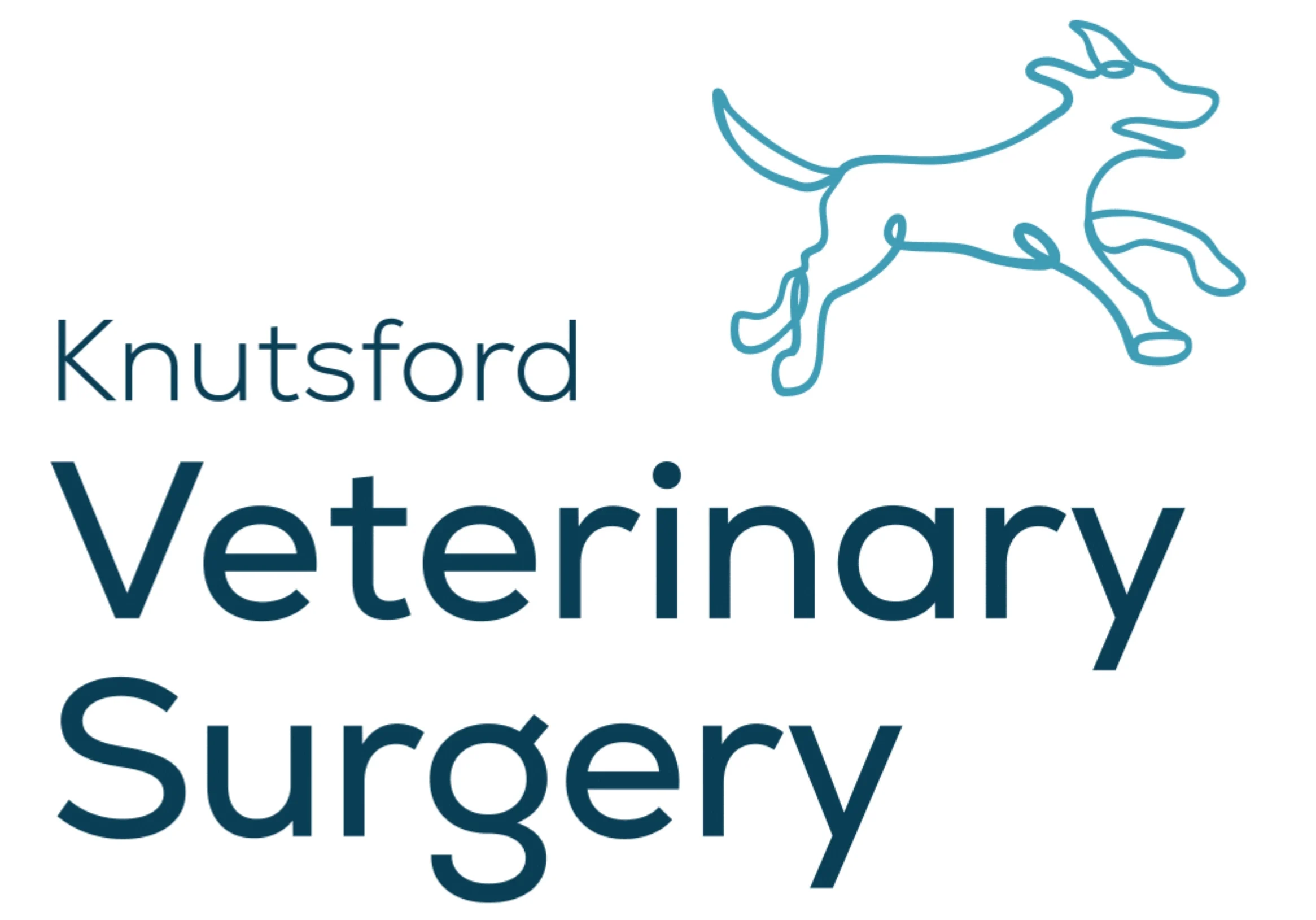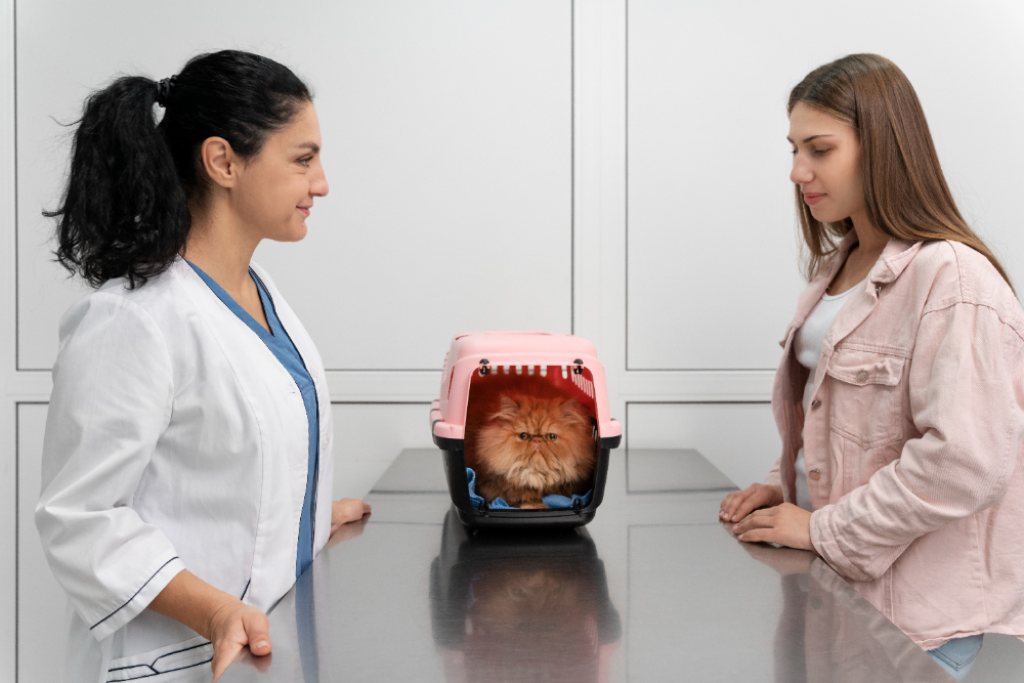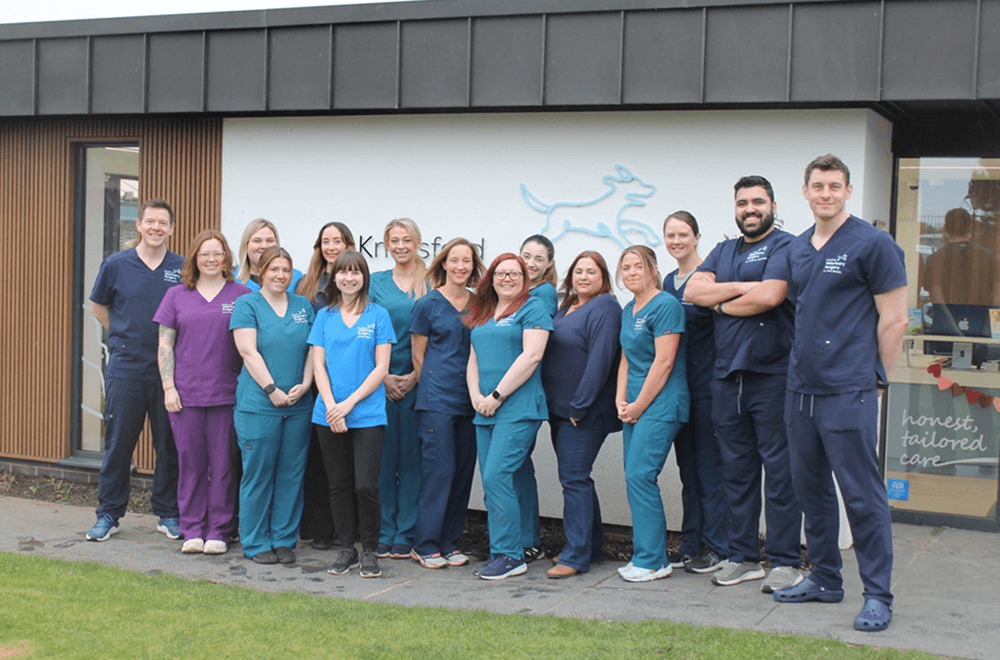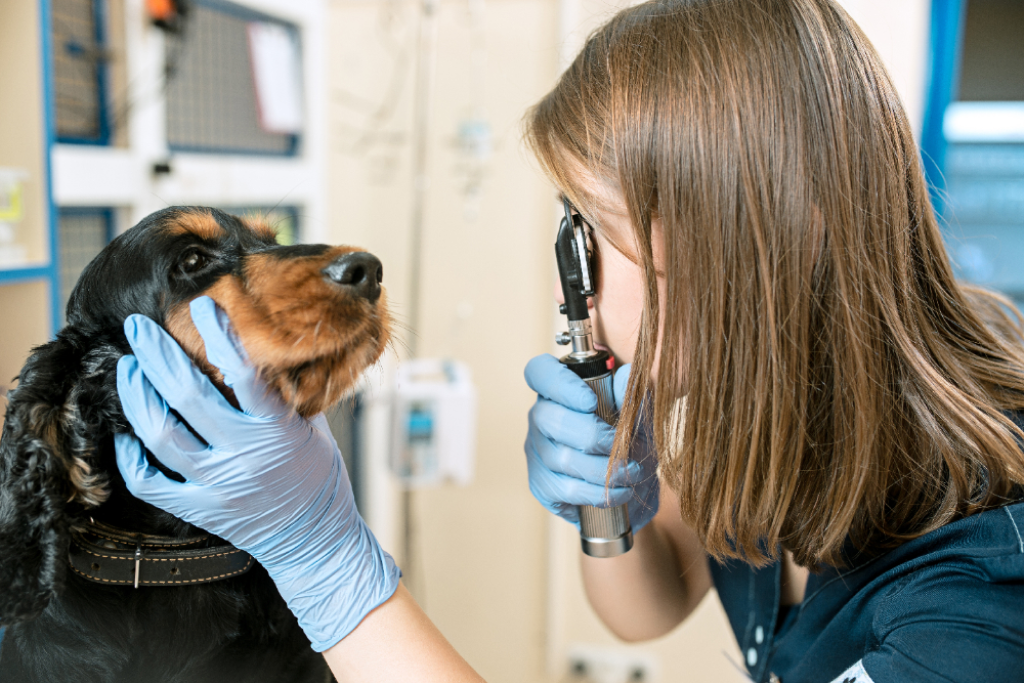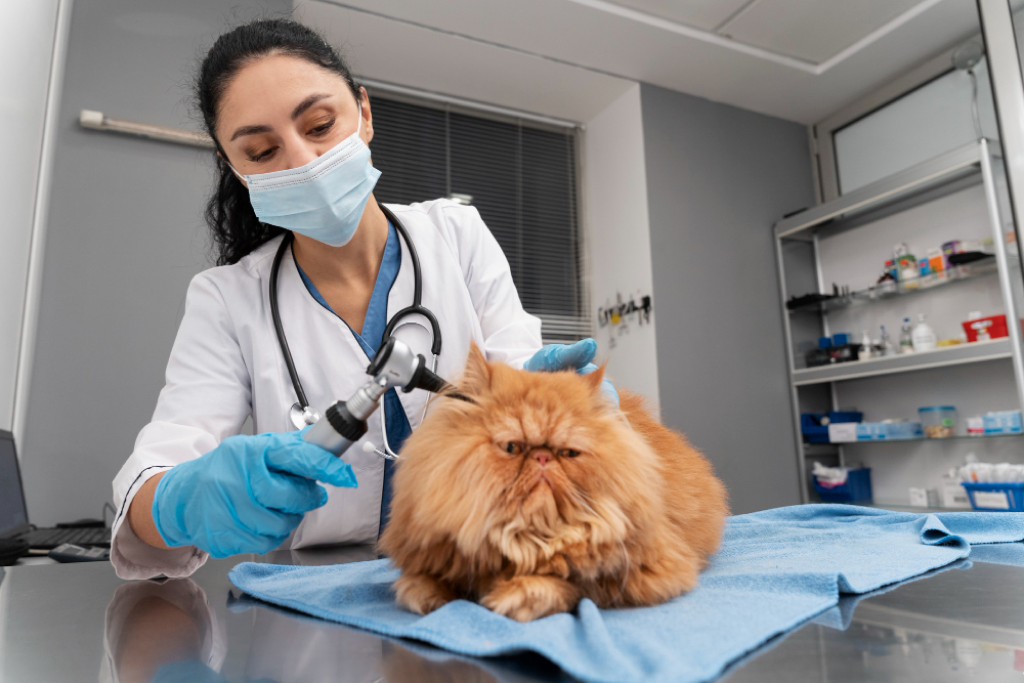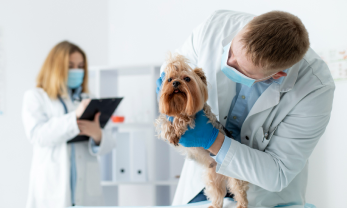Advice and information on how to handle kidney problems in pets
Health Conditions faced by your Pets
Kidney disease in cats and dogs can be broadly divided into acute (sudden onset) and chronic disease. Acute episodes are more likely to be caused initially by ingestion of a toxin or by infection. If untreated or severe they can lead to chronic disease. In addition, chronic disease may be seen in older cats and dogs with polycystic kidneys, tumours or inflammation of the cells that make up the kidneys (glomerulonephritis).
Cats over the age of 7 years are predisposed and it is thought that 20-50% of cats older than 15 years may be affected. Dogs are less commonly affected than cats but again can develop symptoms with age.
Chronic kidney disease (CKD) cannot be reversed and, given time will usually progress to the point that the pet’s quality of life is no longer good and euthanasia is a kinder option. It can be difficult to determine in an individual patient what time span the degeneration may happen over. As with many diseases, the earlier it is identified and the more closely it is monitored, the more can be done to ensure quality of life is maintained at an optimum level for a greater period of time – months to years in some cases.
The symptoms of CKD can be mild and subtle in early stages – routine blood testing for older pets is far more likely to show it than relying on clinical signs which become noticeable when the disease has progressed somewhat. Many of the signs are non-specific; some arise from the accumulation of toxins in the bloodstream whilst others relate to the body attempting to adapt to the disease.
Veterinary advice from your Vets in Cheshire
So what are the functions of the kidney within the body? Blood is filtered through the kidneys to remove waste products from metabolism and as a result, urine is produced. The urine is concentrated by returning water to the body which prevents dehydration. Thus, the kidneys remove toxins from the blood, maintain water and salt balance (and also the acid balance within the body). They have a major role in the maintenance of blood pressure and in the production of specific hormones. Kidneys have significant reserve function (it is well documented that healthy mammals can live with just one kidney) and it is only when 2/3 to 3/4 of the kidney tissue is damaged that clinical disease becomes apparent.
The most common signs are weight loss, inappetance, lethargy, increased thirst and increased urination. CKD means that animals can no longer concentrate their urine and they drink more to compensate for this. A poor coat, vomiting and weakness may also be noticed and anaemia and hypertension can be present secondarily.
Diagnosis of CKD (or acute kidney disease) is done using blood tests and urine analysis. Urea and creatinine are two products in the bloodstream that are increased when the kidneys are damaged. At the same time, the specific gravity (which is a measure of the urine concentration) will be low and these indicators together are diagnostic of renal disease. In some cases, ultrasound of the kidneys is advisable. In addition, we check blood pressure, phosphate and potassium levels in the bloodstream and the ratio of protein to creatinine in the urine to help assess the severity of the disease and give owners a better idea of prognosis. Many of these parameters can be useful in monitoring the progression of kidney failure over time and determine if treatment is successful in slowing the rate of degeneration.
Treatment of Kidney Disease in Cats and Dogs
Treatment of chronic kidney disease in cats and dogs (CKD) is aimed at management of the symptoms and supportive treatment, since reversal of any damage to the kidneys is not possible and will usually progress over time. Regular assessment gives the best chance of reducing the complications that occur with CKD. It is often worth discussing all the options with your vet as if not all of the treatments or monitoring are viable, they can be prioritised to try to ensure that each affected cat can enjoy excellent quality of life for as long as possible.
Dietary modifications such as Purina NF are now the mainstay of treatment for CKD. Wet food is preferable to maximise water intake, as affected cats are unable to retain water effectively with reduced kidney function and so risk becoming dehydrated. Water intake can also be encouraged using water fountains, different bowls or water flavoured with chicken or tuna. Initially, affected cats may benefit from intravenous fluids given at your vets for 24-48hours and this can be repeated intermittently if they destabilise. There are cats that respond well to subcutaneous fluids and this route of administration can sometimes be done at home.
We aim to reduce the protein content of a cat’s food as protein breakdown is responsible for many of the toxic substances found in the bloodstream of those with CKD. Reducing these toxins improves their quality of life. This is a delicate balance as too little protein will be equally detrimental to a patient’s overall health.
Lowering the phosphate levels in the blood has been shown to prolong the lifespan of cats with CKD by protecting the kidneys from further damage. If blood levels are still elevated whilst on a low phosphate diet, then phosphate binders such as Pronefra can be added to the food to further reduce this.
Dietary treatment of Kidney problems
Other beneficial additives to their diet include anti-oxidants to try to reduce further damage to the tissues, essential fatty acids to help reduce inflammation and potassium since cats with CKD are prone to low levels (hypokalaemia), which cause muscle weakness. The easiest and safest way to balance all these requirements is to use one of several prescription diets available from your vet. Do not be afraid to ask for a different brand – cats can be choosier than ever with CKD and one may be tastier than another!
Blood pressure is often increased in cats with kidney disease and this can lead to blindness and worsening of the CKD. It is treated with a vasodilator e.g. amlodipine. Anaemia can be present in the more advanced cases and will lead to lethargy, reducing the cat’s quality of life. Blood tests used in monitoring will identify this and allow correction based on the underlying cause.
ACE-inhibitors are used to help reduce blood pressure and protein loss through the kidneys, which may improve survival in some cats. This drug family includes benazepril and enalapril.
This sounds like a lot of change for an unwell cat to take, but done gradually over time, with diet as the mainstay and discussing additional medications as they are required can ensure that it is not overwhelming for them (or for you!). We would emphasise that the most important outcome is good quality of life for your furry friend for as long as possible, whatever form that may take.
For more information on your pet’s ailments, or to find out more about kidney disease in your pet then contact Knutsford Veterinary Surgery or arrange a consultation from your trusted vets in Cheshire.
